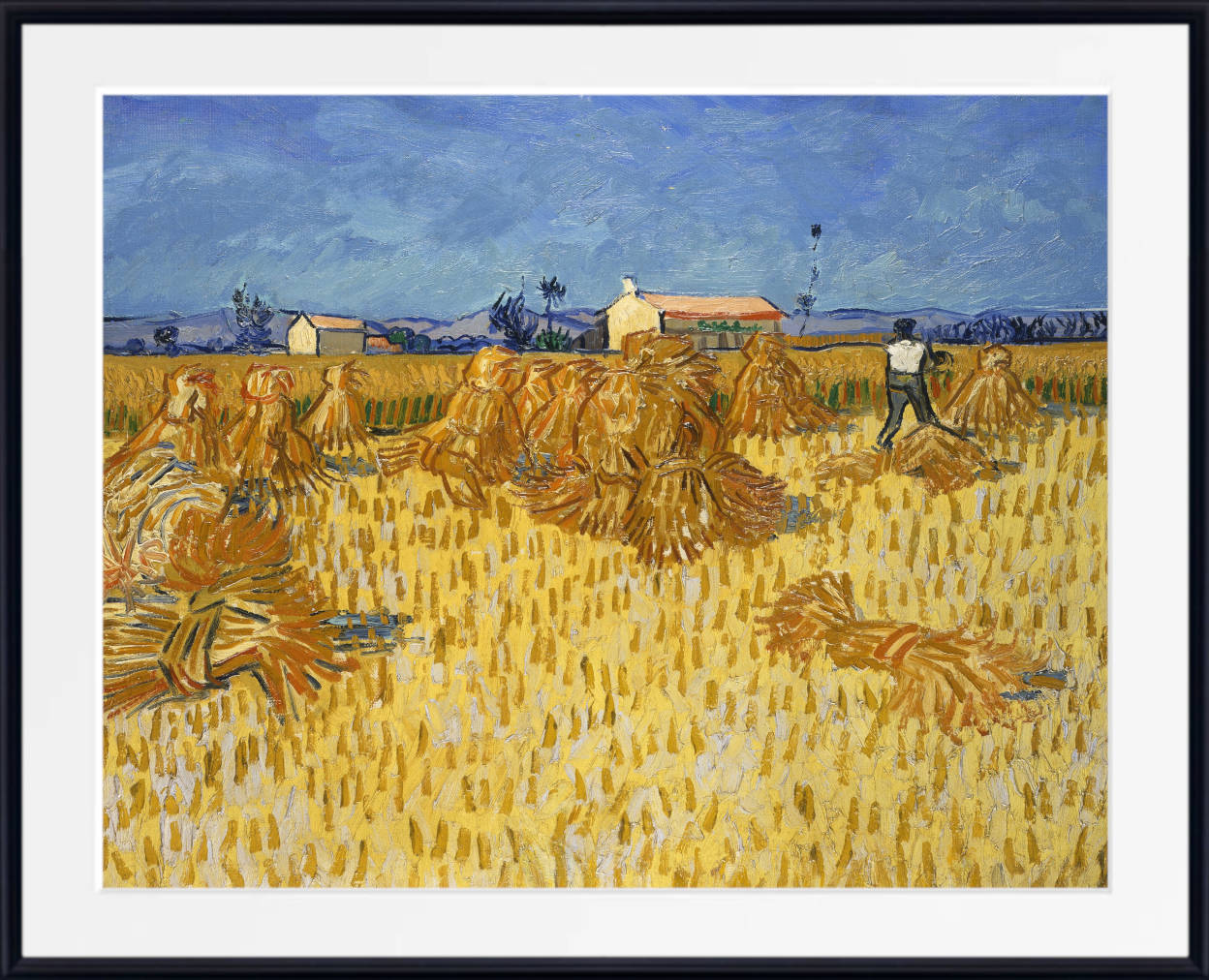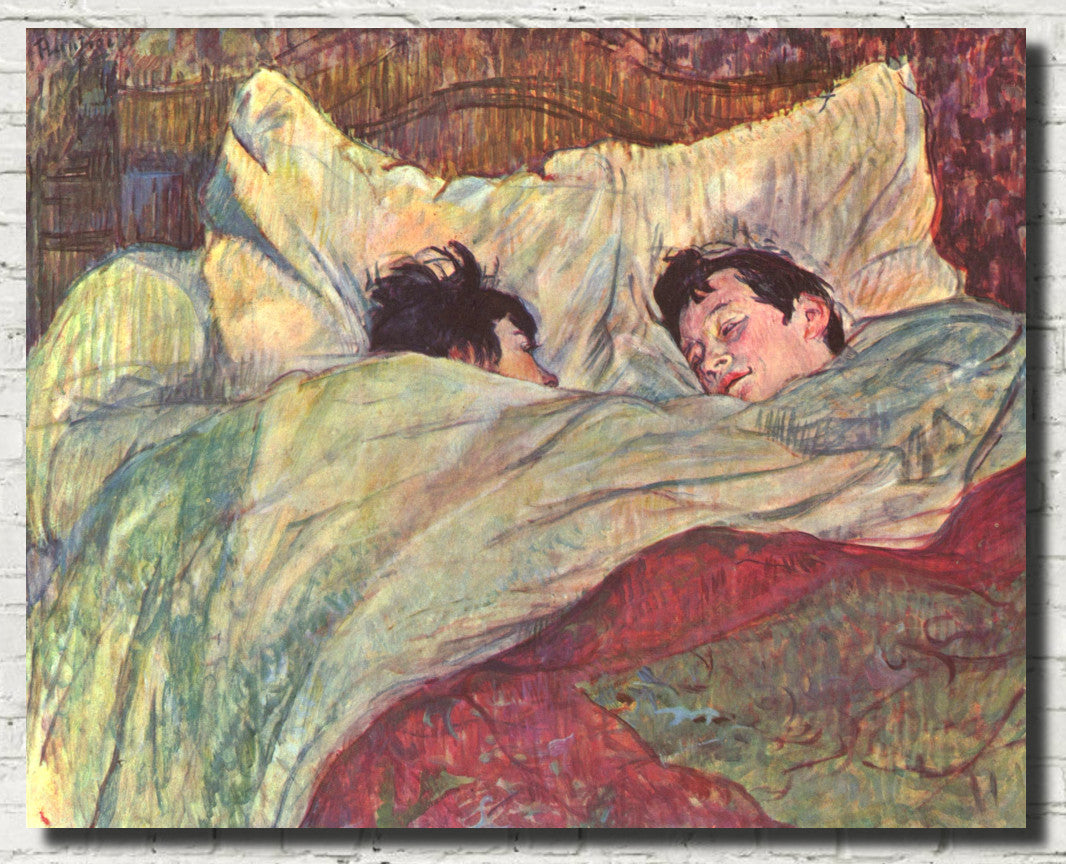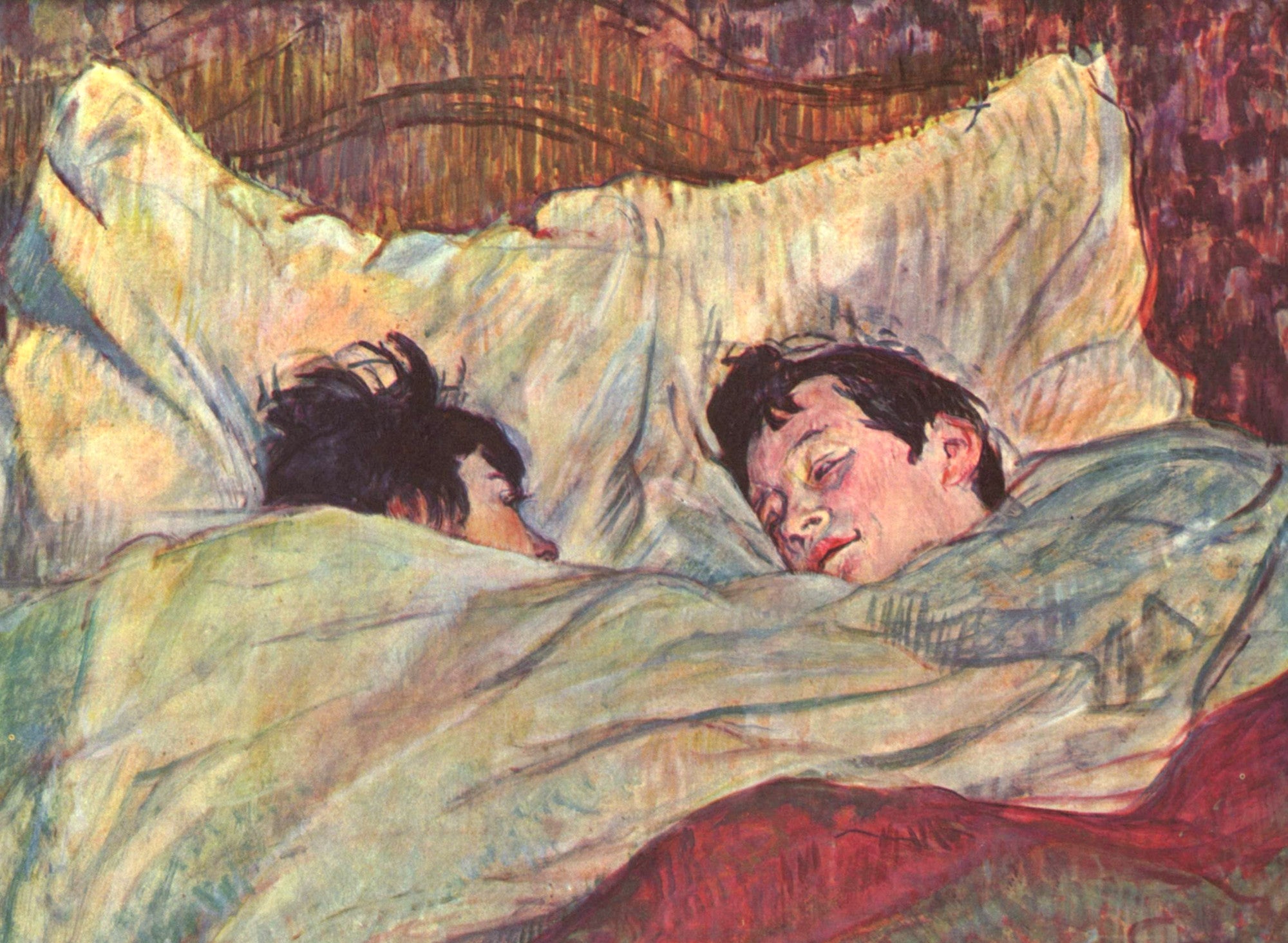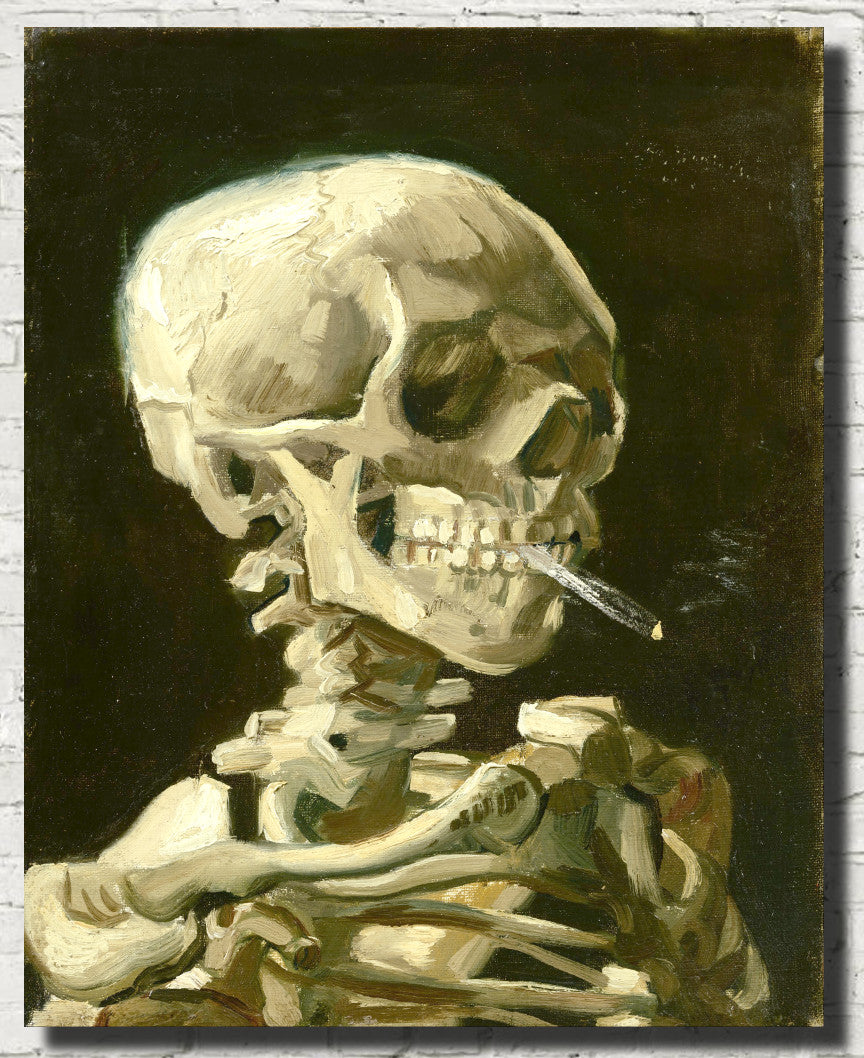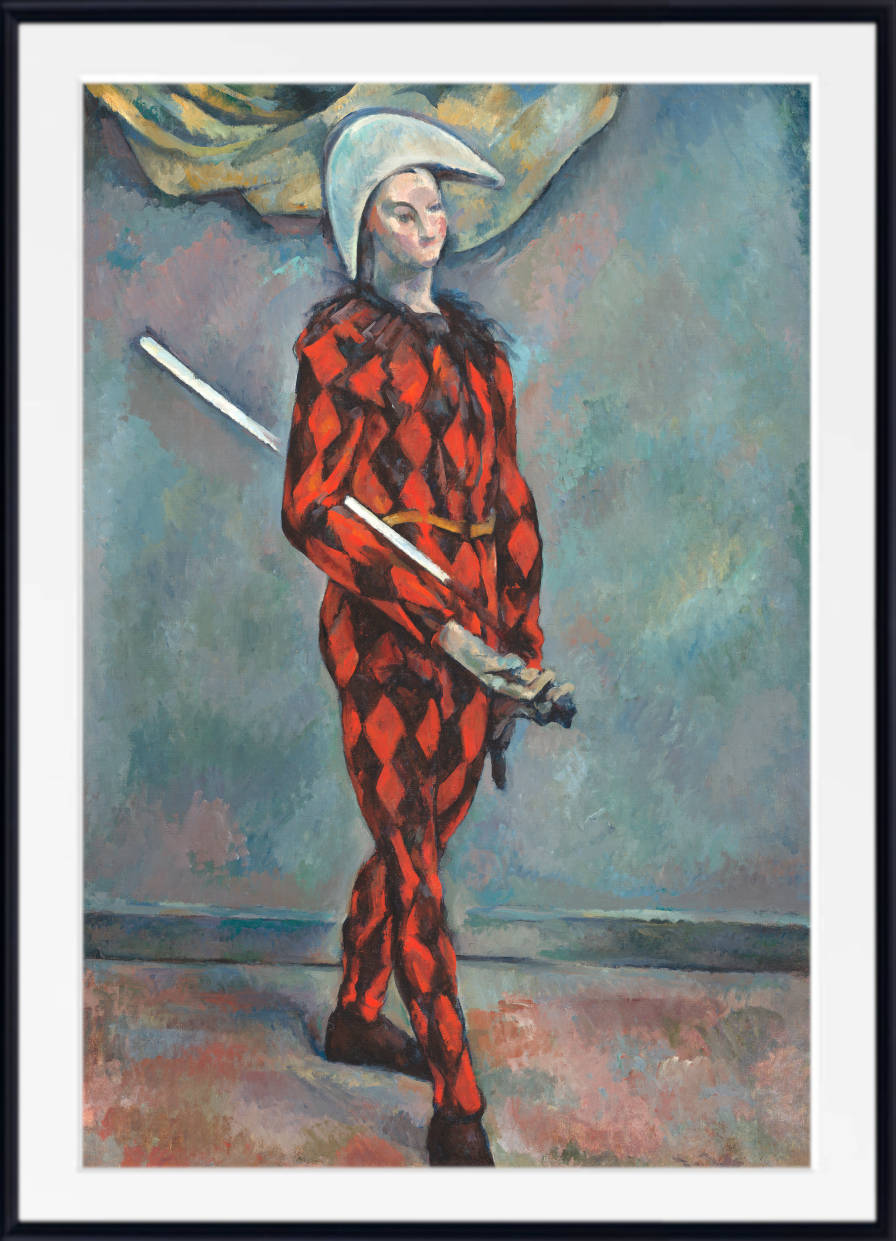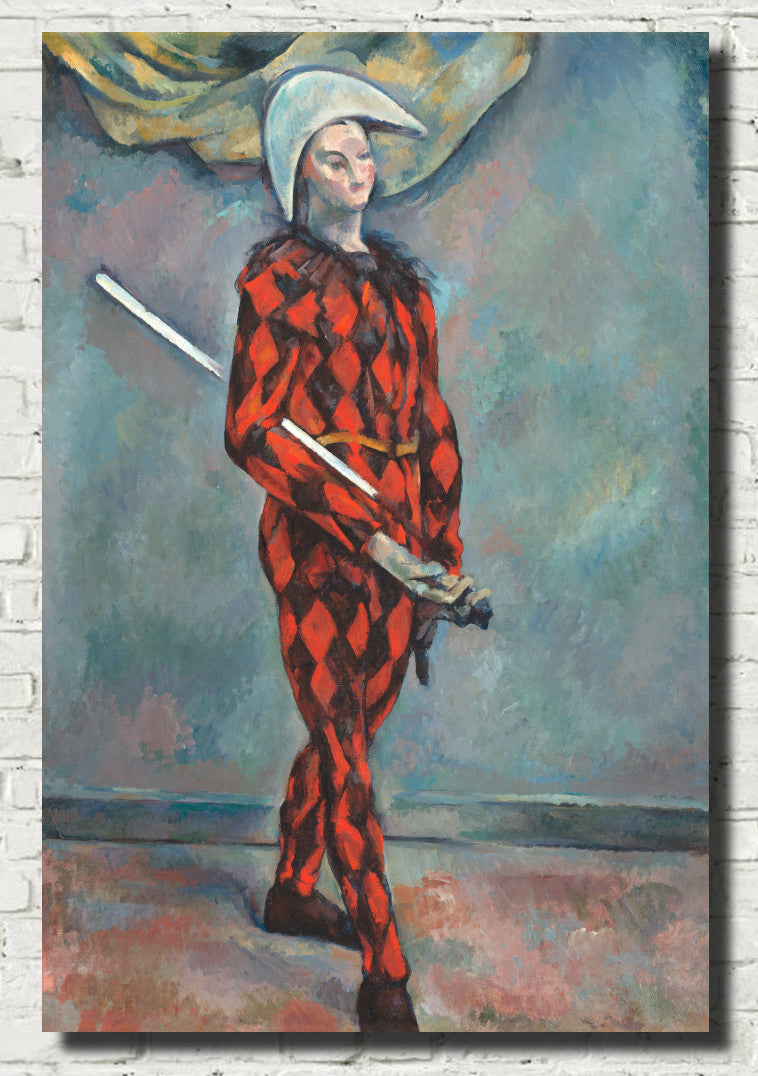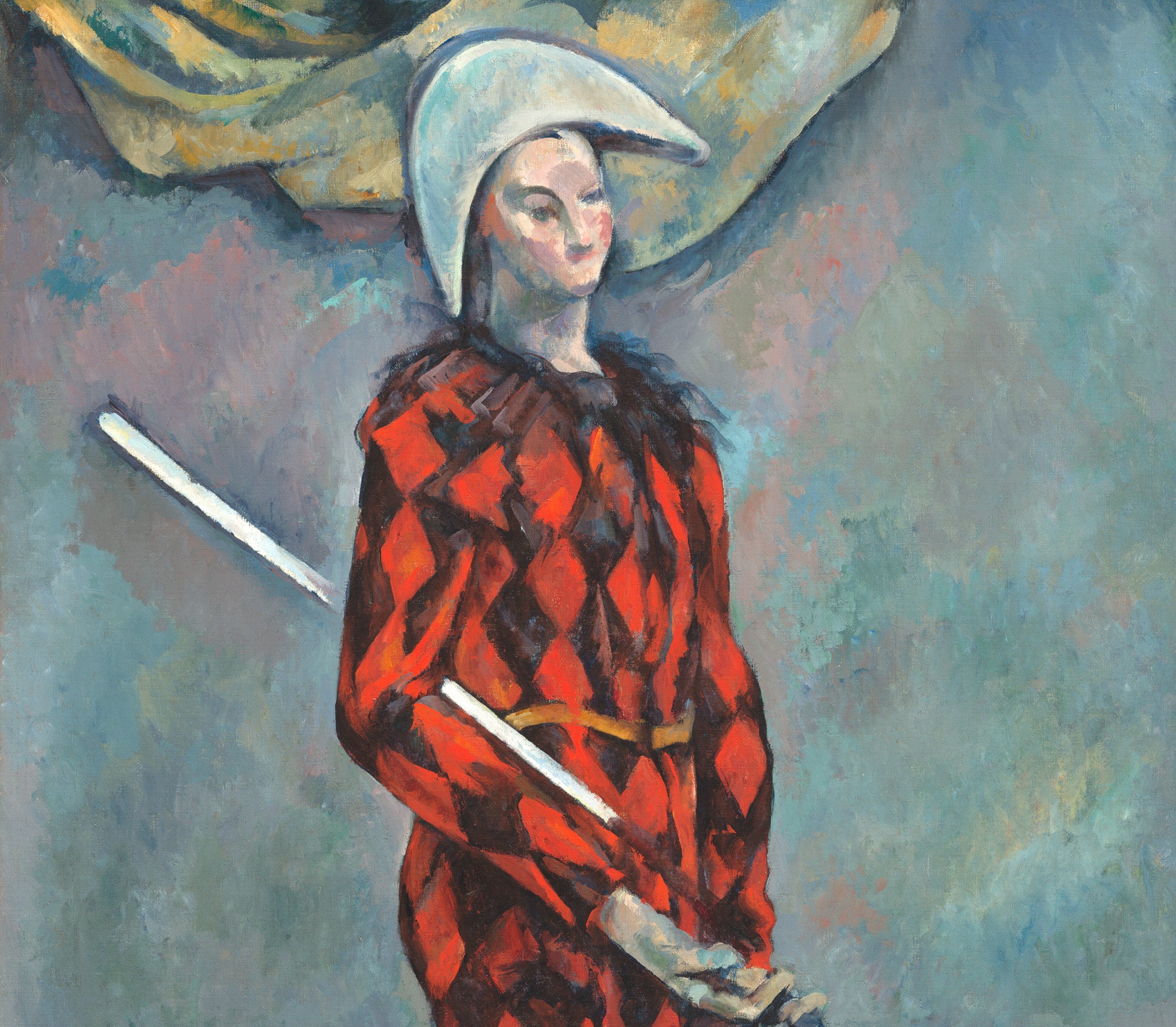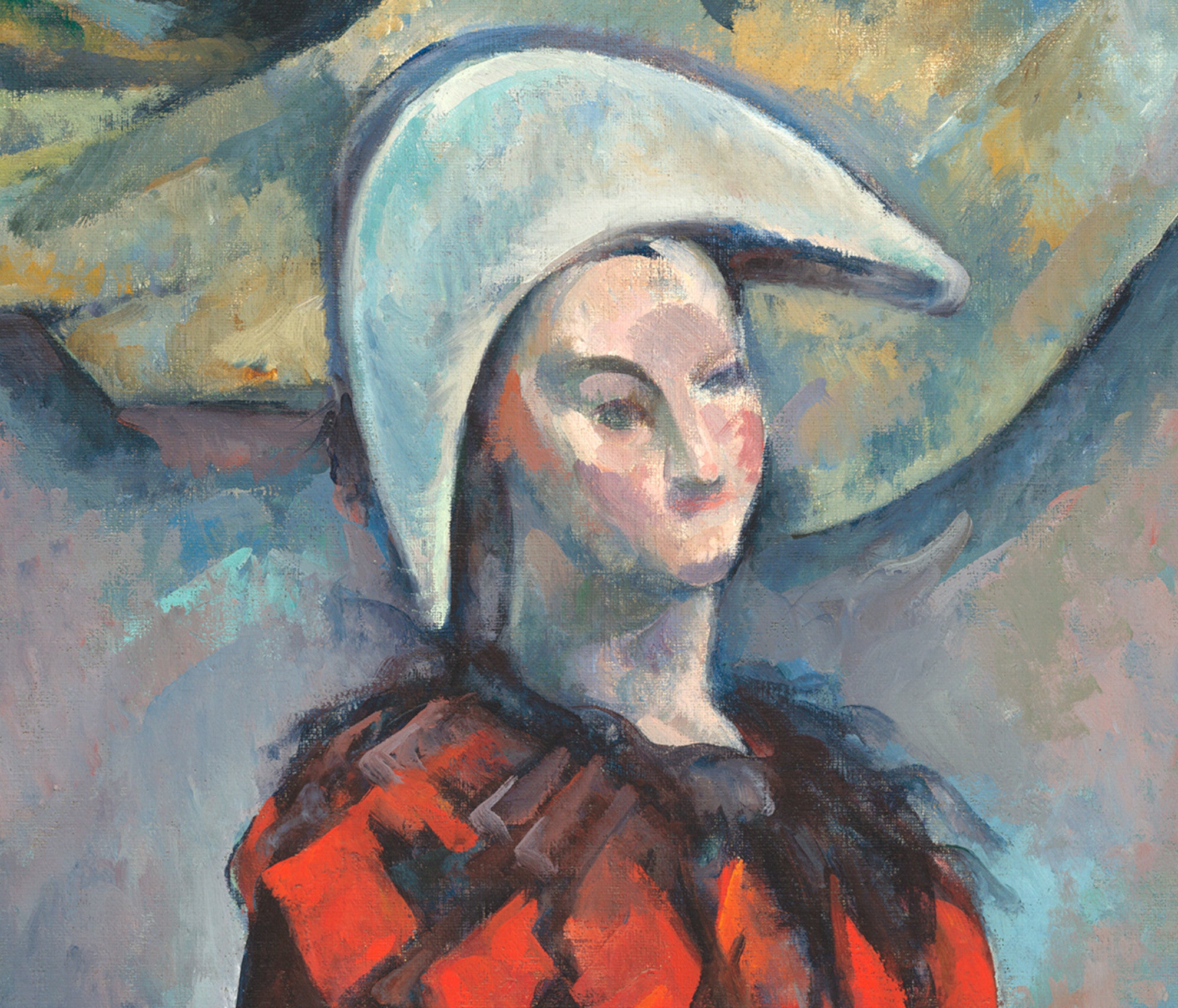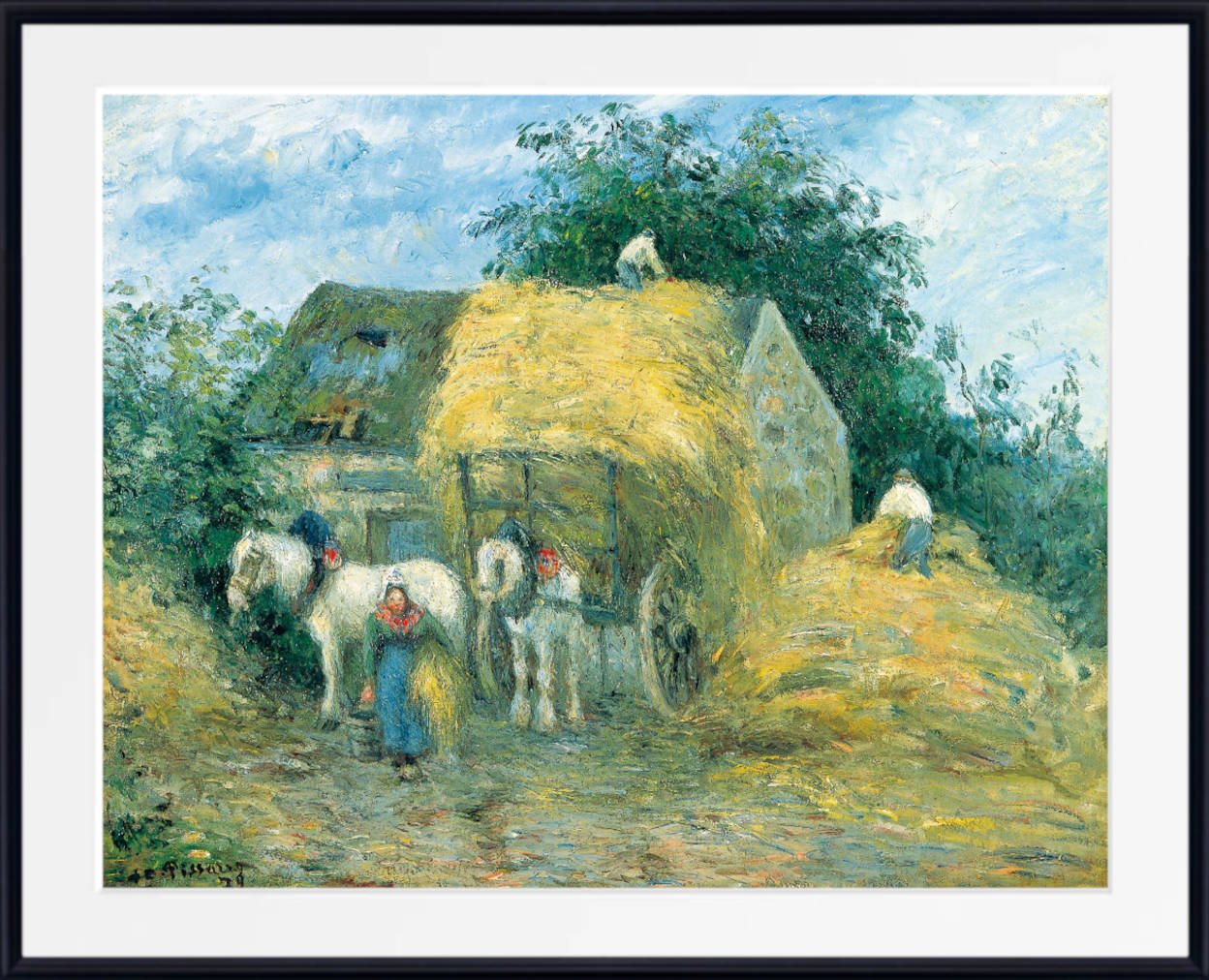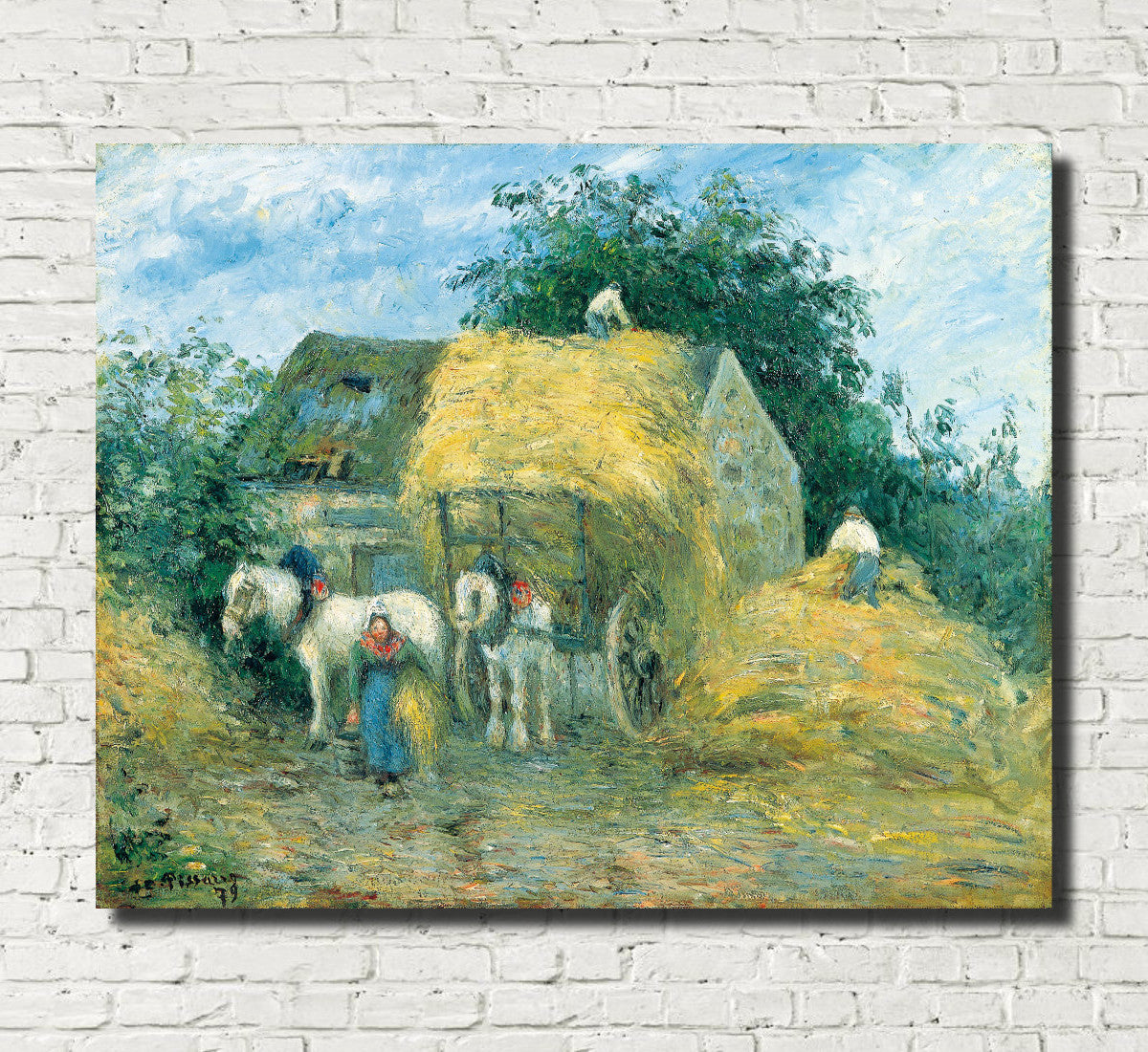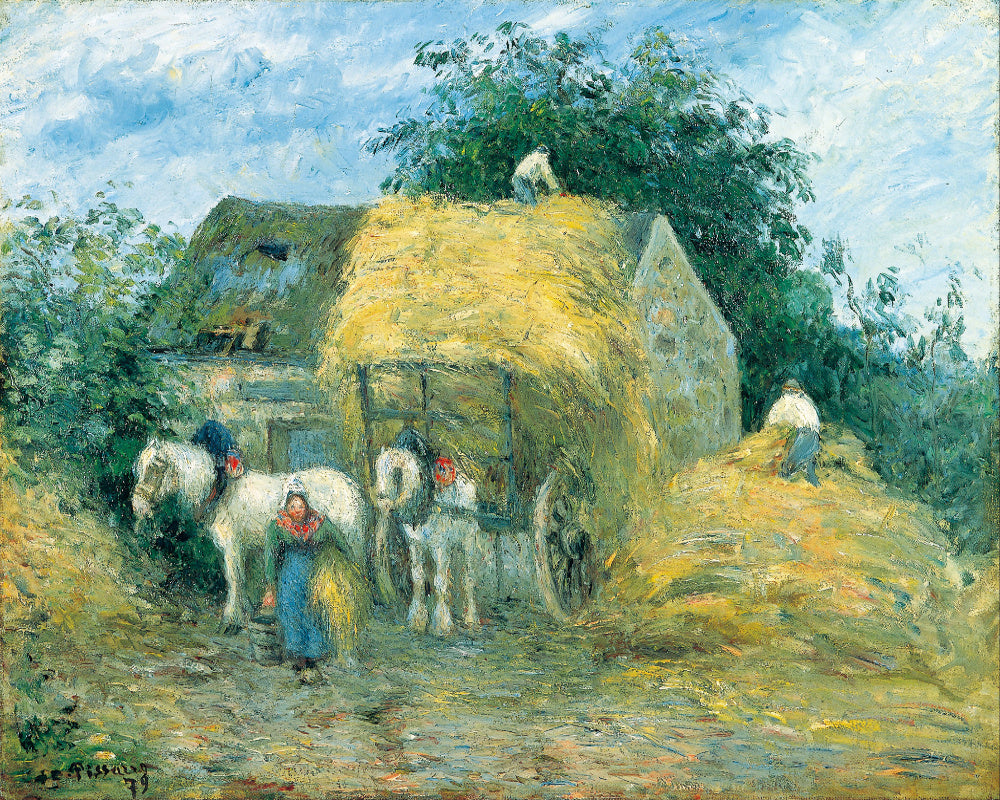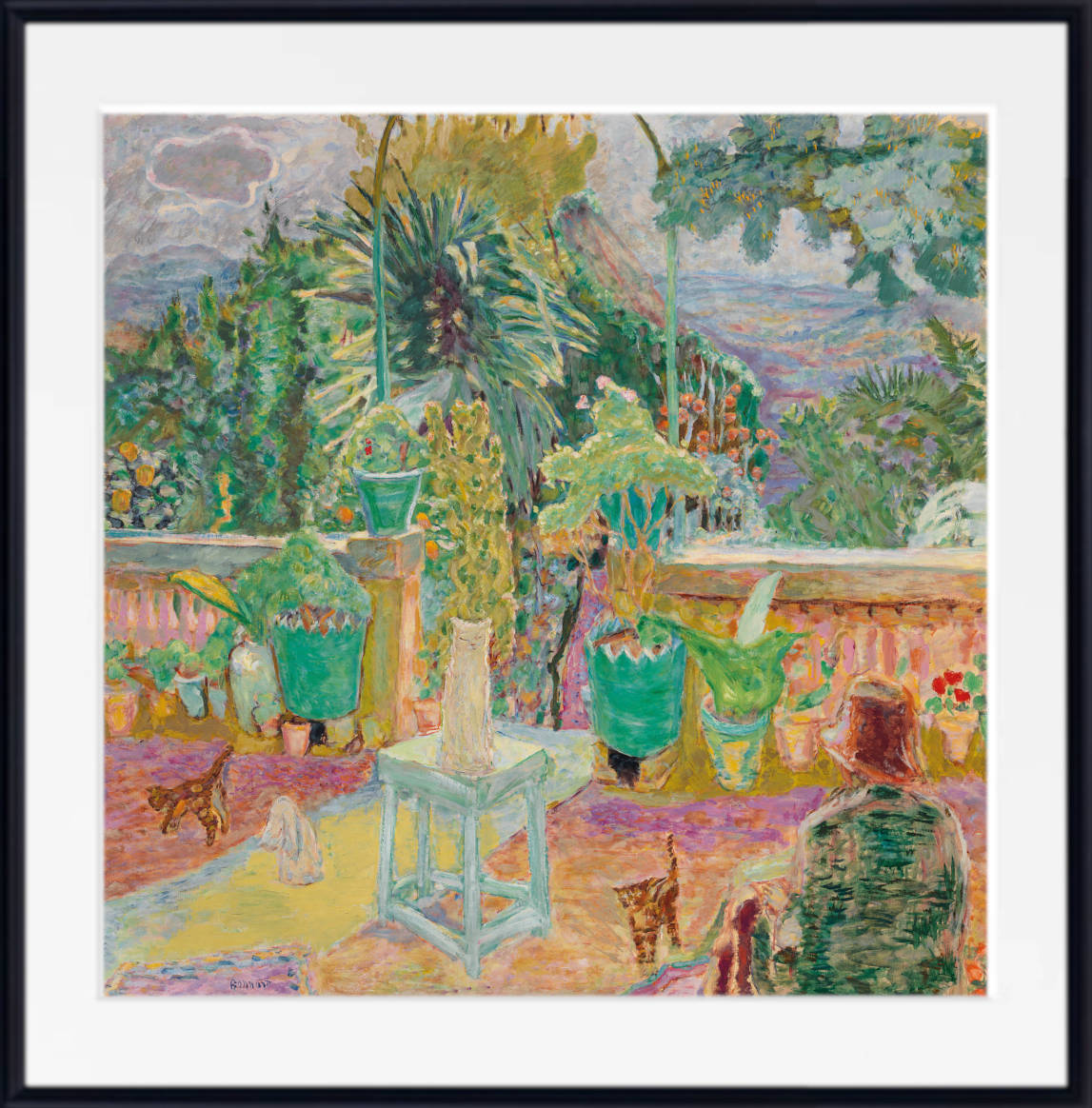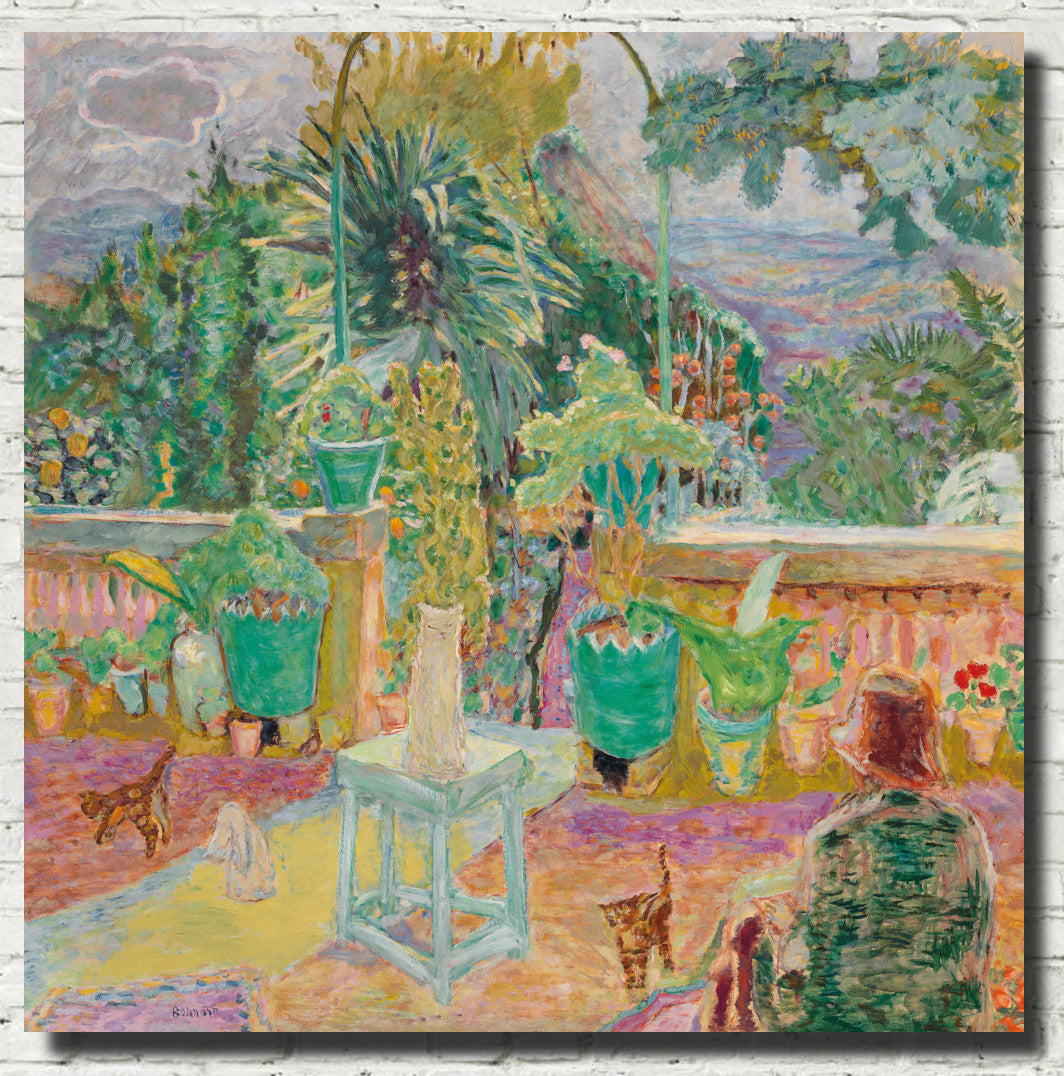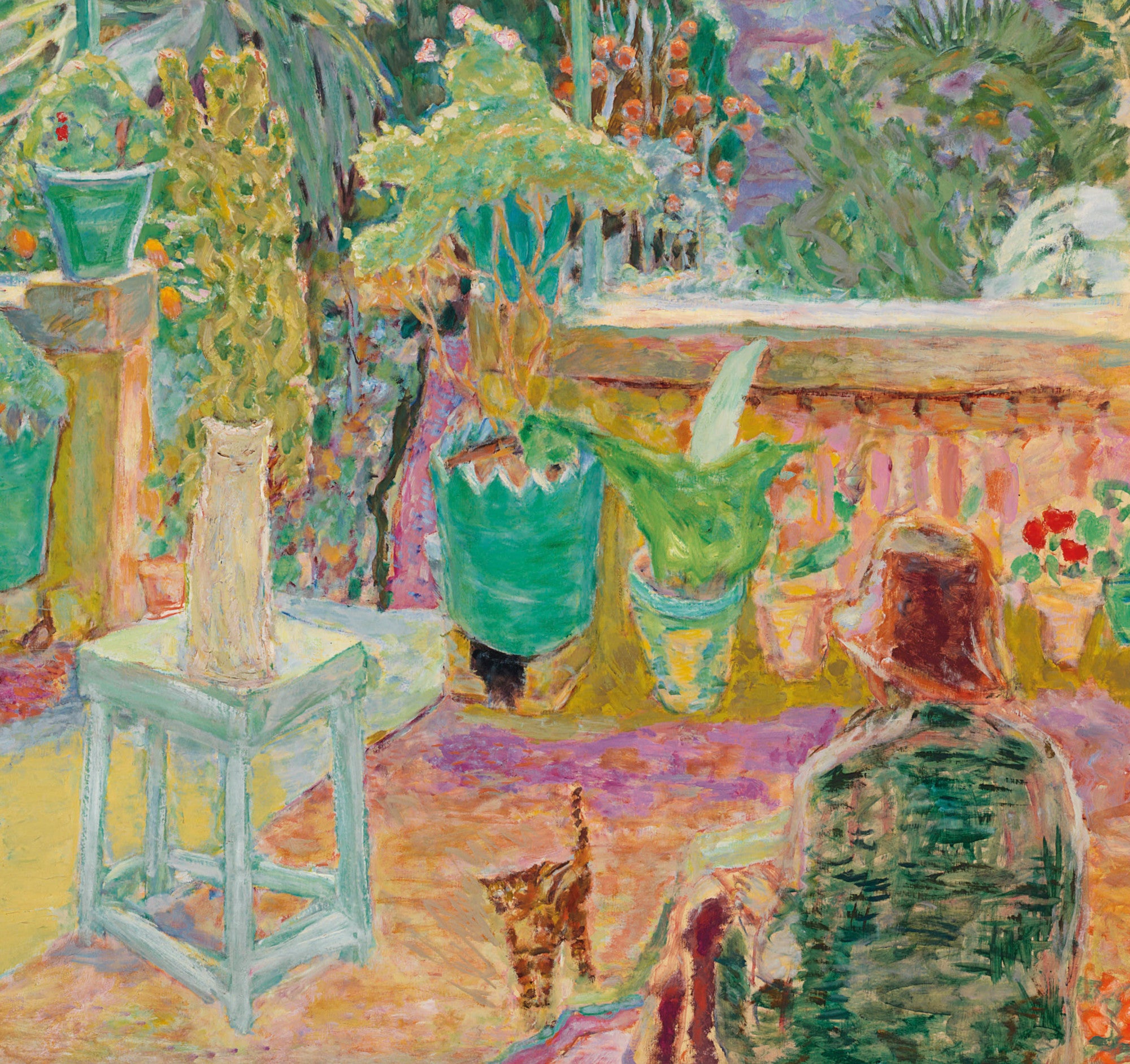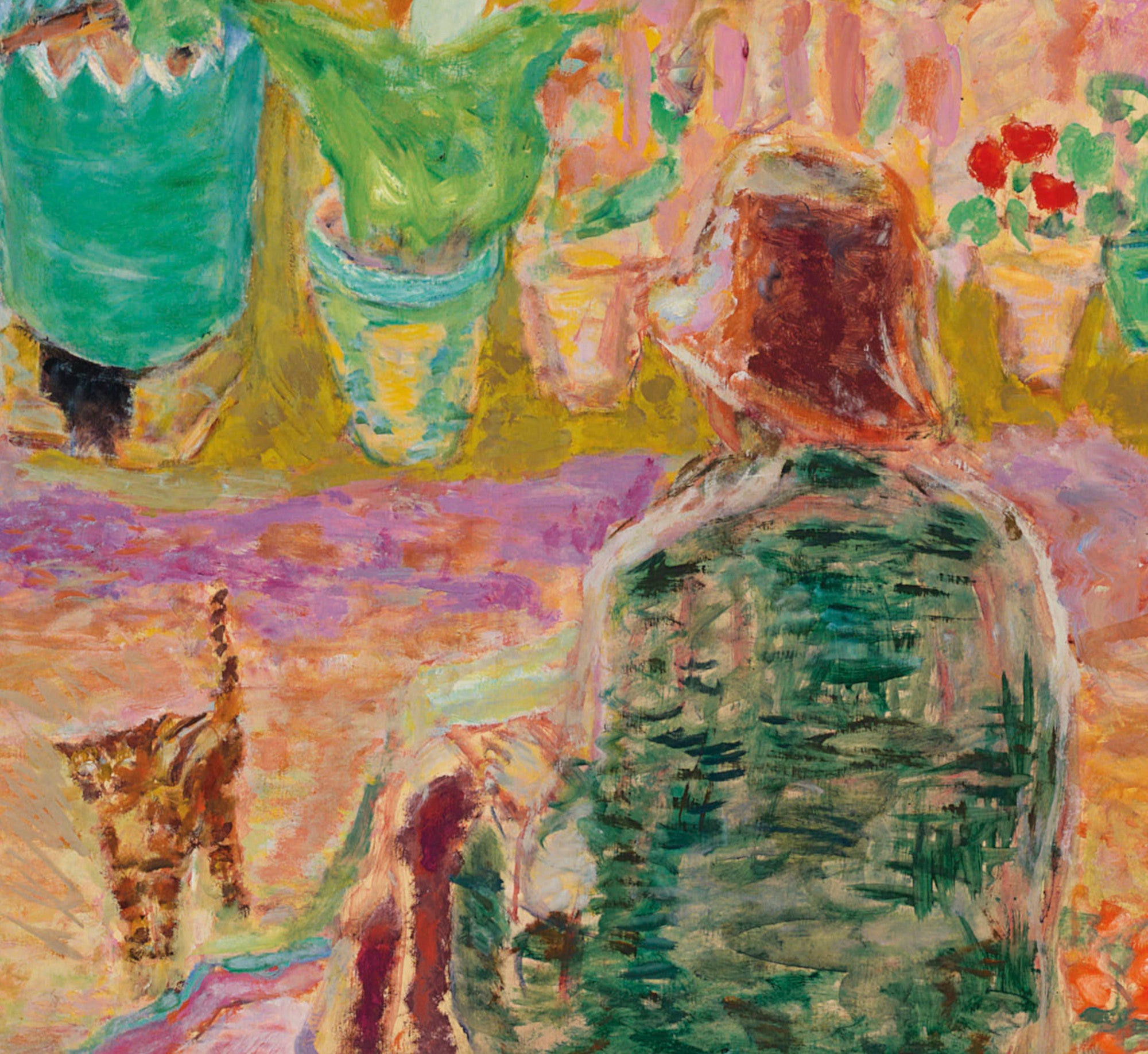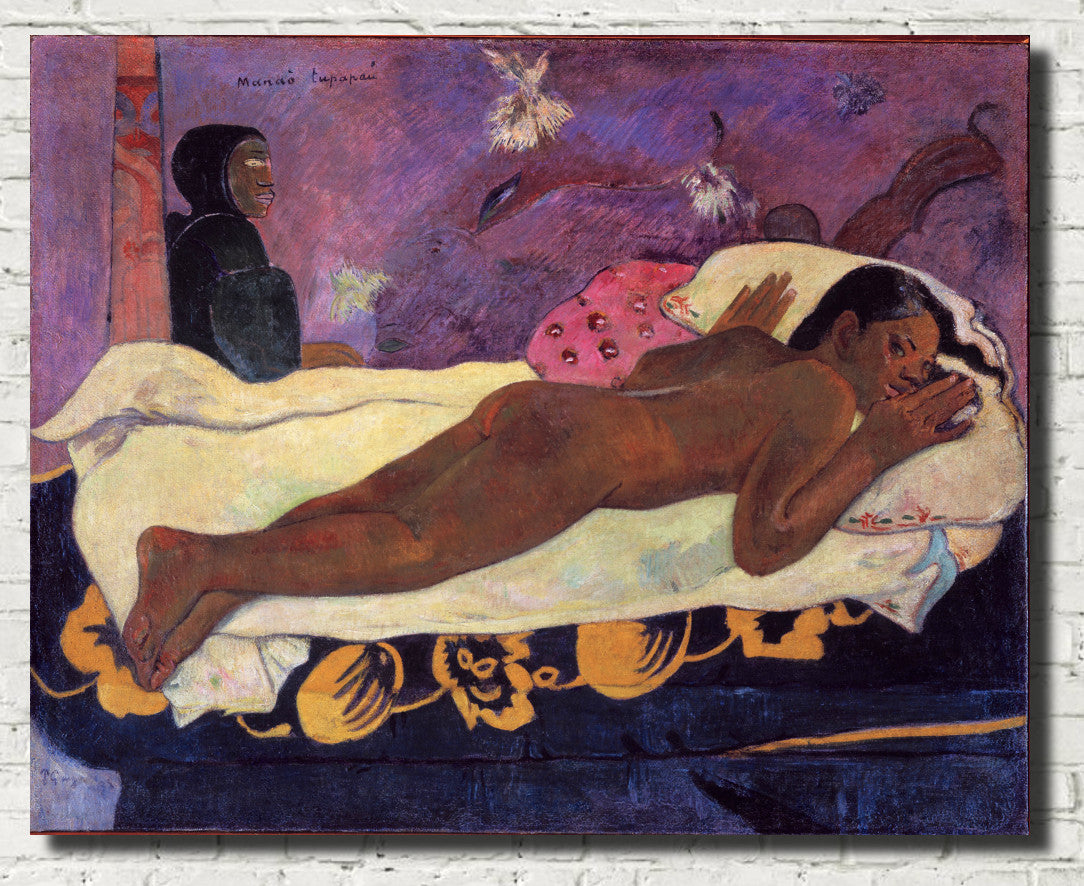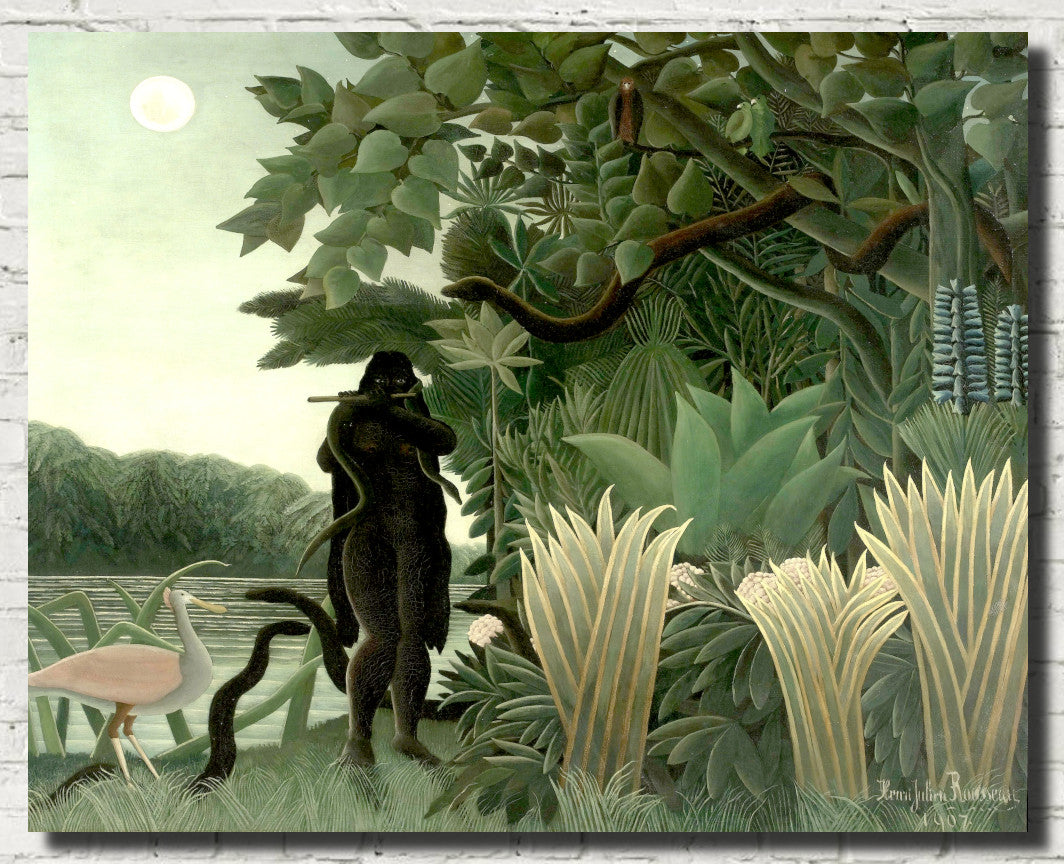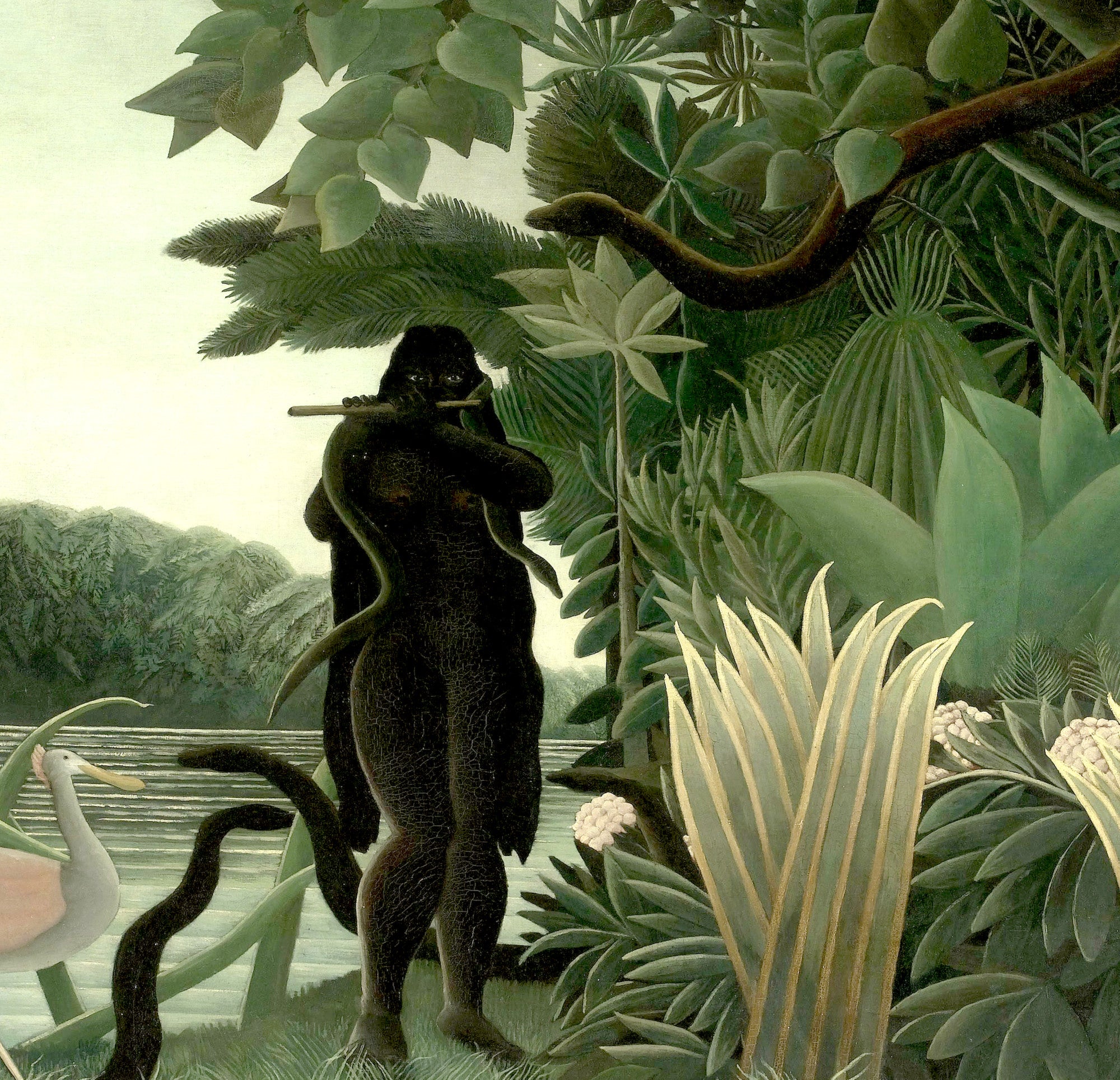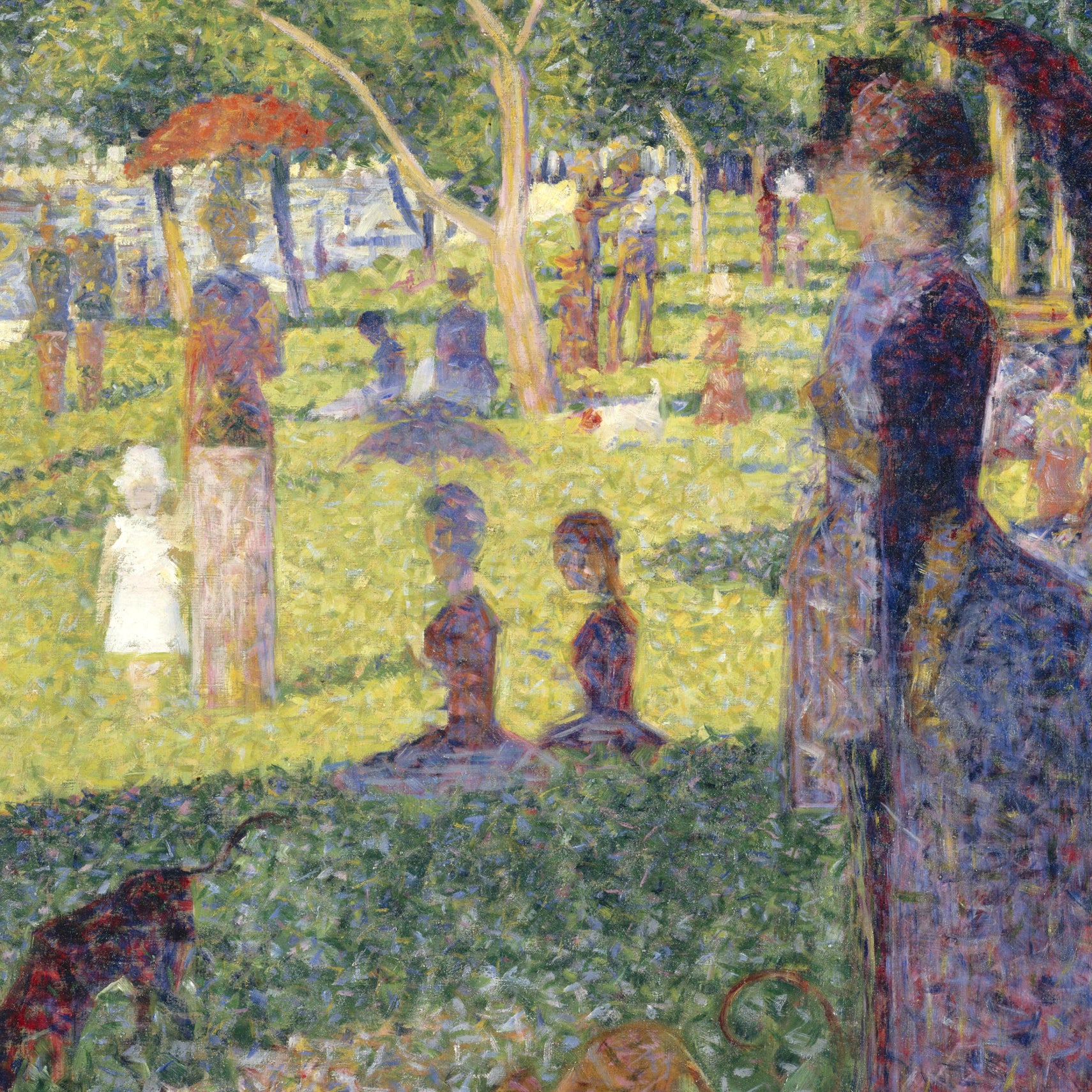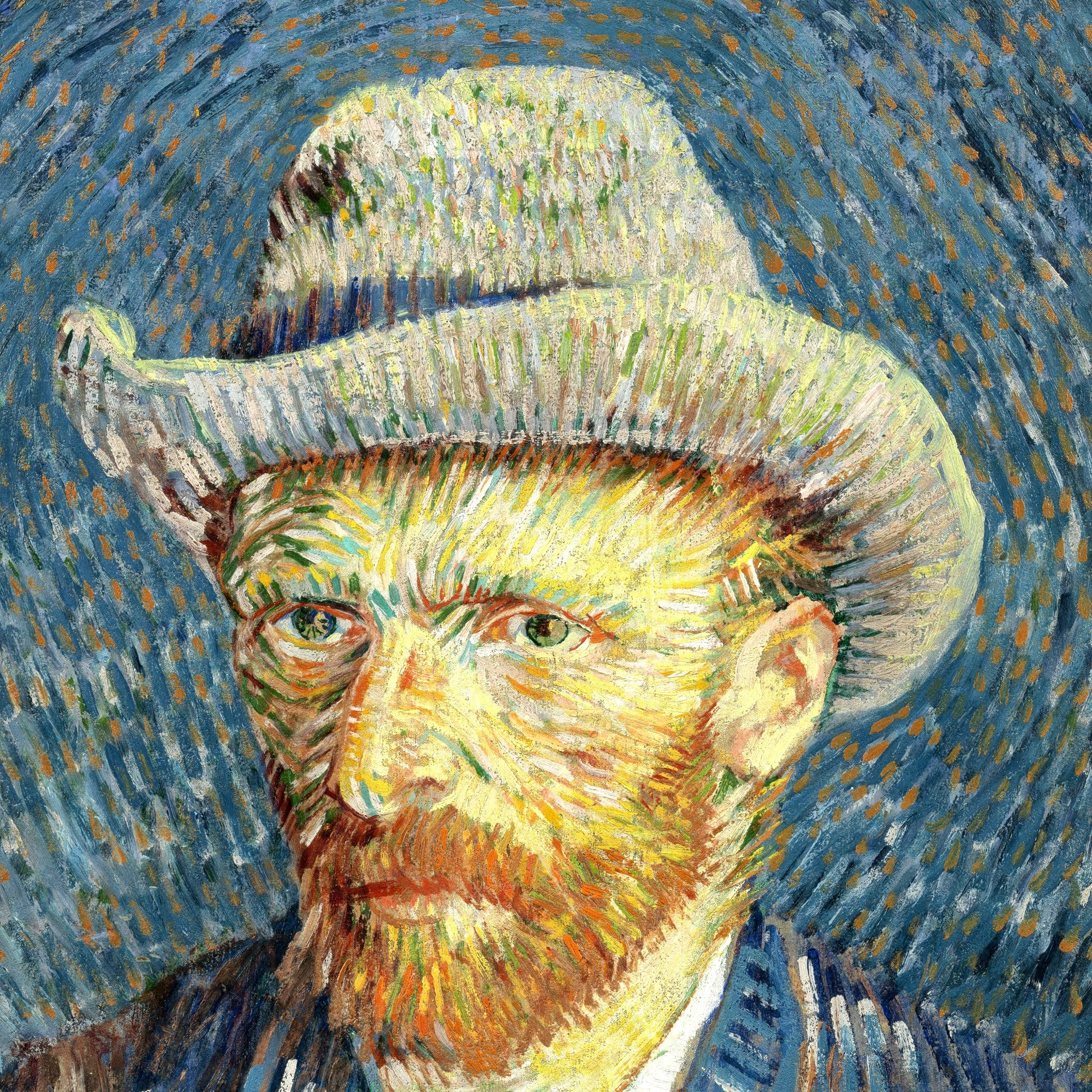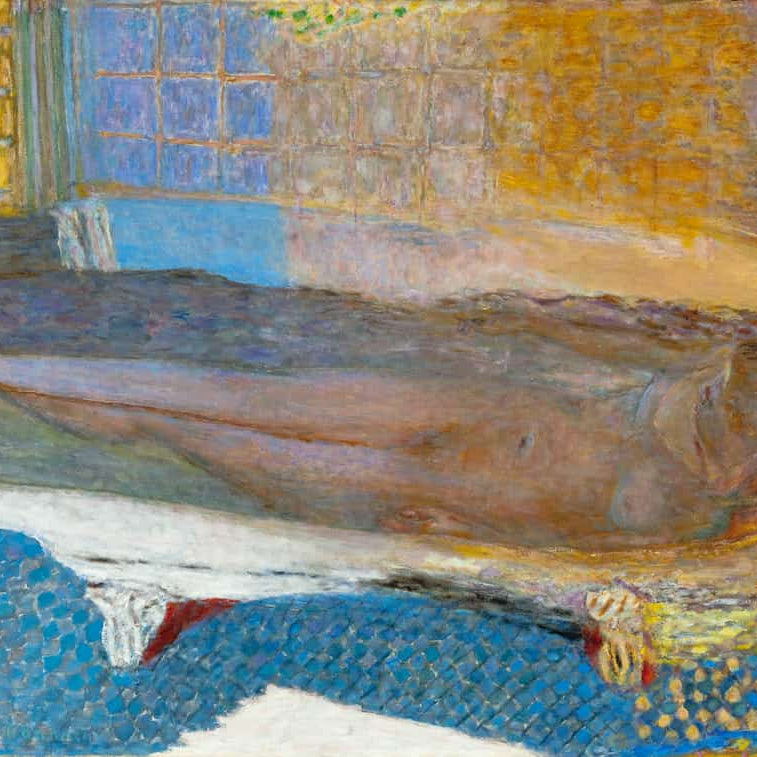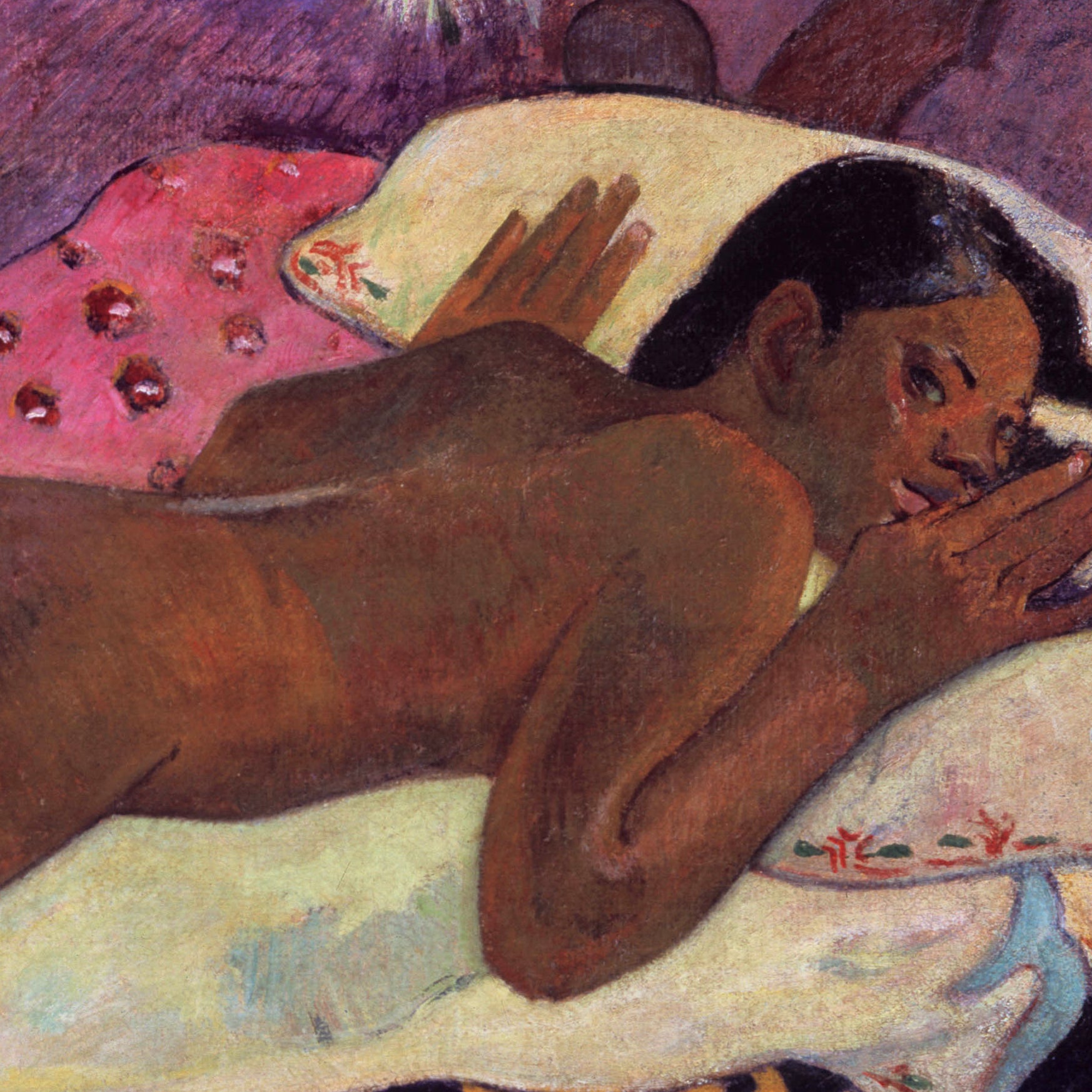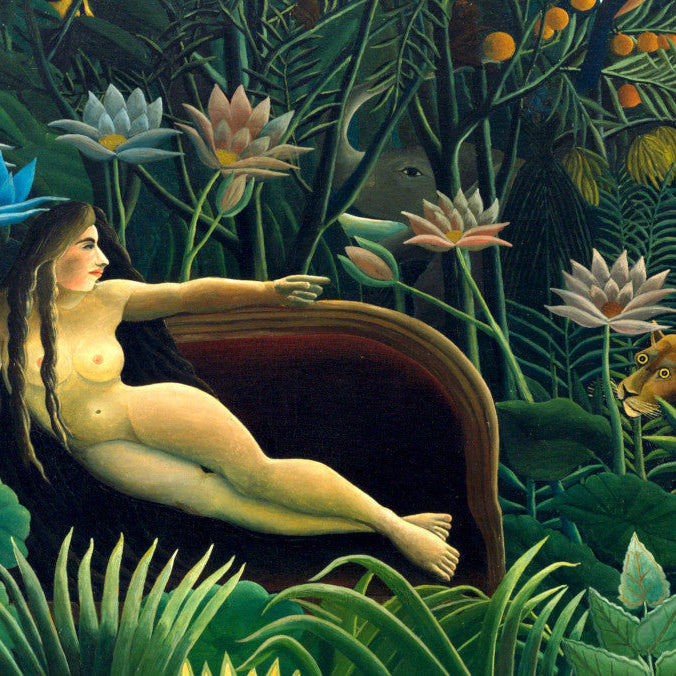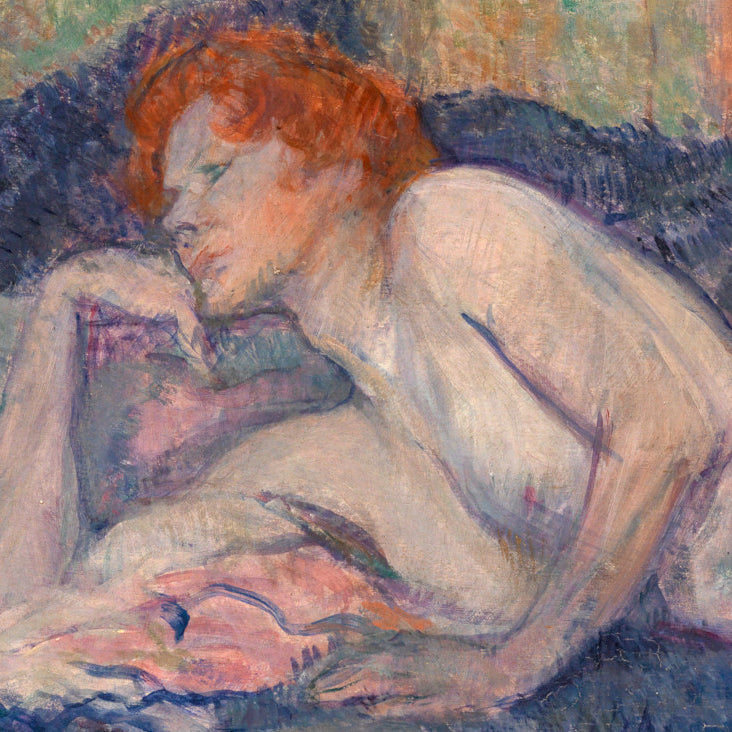Post-Impressionism: A Transformative Phase in Art
In the ever-evolving world of art, few movements have had as profound an impact as Post-Impressionism. Emerging in the late 19th century, this artistic period built upon the foundation laid by Impressionism, pushing the boundaries of artistic expression even further. Let's embark on a journey through the intriguing realm of Post-Impressionism, exploring its origins, distinctive characteristics, and the remarkable artists who shaped this transformative phase in art history.
Origins and Evolution
Post-Impressionism can be seen as both an extension of Impressionism and a reaction against it. While Impressionism focused on capturing fleeting moments and the play of light, Post-Impressionists sought to delve deeper into the emotional and symbolic aspects of art. This shift was marked by a desire to convey more profound meanings, personal interpretations, and unique artistic styles.
Characteristics of Post-Impressionism
- Emotional Expression: Post-Impressionist artists were driven by a desire to infuse their works with emotional depth and symbolism. They aimed to go beyond mere visual representation, seeking to convey the inner feelings and perspectives of the subjects.
- Bold Use of Color: Vivid, non-naturalistic colors took center stage in Post-Impressionist works. Artists used color to evoke mood and emotion, often employing contrasting and complementary hues to create visual impact.
- Personal Interpretation: Unlike the unified style of Impressionism, Post-Impressionism celebrated individual interpretation. Artists ventured into distinctive, often idiosyncratic, directions, embracing their unique artistic voices.
- Geometric Forms: Some Post-Impressionists, notably Paul Cézanne, incorporated geometric shapes and structures into their compositions. This approach laid the groundwork for modern art's exploration of form and structure.
- Symbolism: Symbolism played a prominent role in Post-Impressionism. Artists used symbols and allegorical elements to convey deeper meanings and cultural context in their works.
Prominent Post-Impressionist Artists
The Post-Impressionist movement was propelled by a roster of influential artists, each making distinctive contributions to the art world:
- Vincent van Gogh: Renowned for his emotionally charged works like "Starry Night" and "Sunflowers," van Gogh's art exemplifies the expressive power of Post-Impressionism. His bold use of color and texture conveyed intense emotion and personal struggle.
- Paul Cézanne: Often regarded as the bridge between Impressionism and Cubism, Cézanne's exploration of form and structure revolutionized art. His series of "Mont Sainte-Victoire" paintings exemplify his innovative approach to geometry and perspective.
- Paul Gauguin: Gauguin's works, especially those set in Tahiti, such as "Where Do We Come From? What Are We? Where Are We Going?" reflect his pursuit of a more primitive and spiritual form of art. His use of symbolism and vivid colors pushed artistic boundaries.
- Henri de Toulouse-Lautrec: Known for his portrayals of Parisian nightlife, Toulouse-Lautrec's works like "Moulin Rouge: The Dance" are iconic examples of Post-Impressionism. His use of color and form captured the vibrancy and energy of the city's entertainment scene.
- Georges Seurat: Seurat's groundbreaking pointillist technique, as seen in "A Sunday Afternoon on the Island of La Grande Jette," demonstrated a scientific approach to color and light. His meticulous use of small dots of color created a visual tapestry rich in detail.
Legacy and Impact
Impressionism and Post-Impressionism art movements left an enduring legacy in the art world. Their innovative techniques and revolutionary approaches to color, light, and subject matter paved the way for modern art in the 20th century and beyond. These movements shattered the traditional boundaries of art, encouraging artists to explore new ways of seeing and expressing themselves.
Impressionism and Post-Impressionism continue to inspire contemporary artists and captivate audiences worldwide. They serve as a reminder that art is a dynamic and ever-evolving reflection of the human experience. In summary, Impressionism and Post-Impressionism represent pivotal chapters in the history of art, each contributing to the rich tapestry of artistic innovation that continues to shape the world of art today.
Post Impressionism FAQ's
1. What is Post-Impressionism, and how does it differ from Impressionism?
Answer: Post-Impressionism is an art movement that followed Impressionism in the late 19th century. While Impressionism focused on capturing the immediate visual impression of a scene, Post-Impressionists aimed to express emotions, abstract concepts, and subjective interpretations through their art.
2. Who were some of the key artists associated with the Post-Impressionist movement?
Answer: Prominent Post-Impressionist artists include Vincent van Gogh, Paul Cézanne, Georges Seurat, and Paul Gauguin, among others.
3. What were the main characteristics or artistic principles of Post-Impressionism?
Answer: Post-Impressionist art often featured bold use of color, geometric shapes, and a departure from naturalistic representation. Artists emphasized their individual styles and personal expression.
4. How did the development of new techniques and materials influence Post-Impressionist painters?
Answer: Post-Impressionists experimented with new techniques and materials, such as pointillism (tiny dots of color) and thick impasto (heavy application of paint), to create texture and depth in their works.
5. Can you explain the significance of color and its role in Post-Impressionist artworks?
Answer: Color was central to Post-Impressionism. Artists used color not only to represent the physical world but also to evoke emotions and convey symbolic meanings.
6. What role did symbolism play in the works of Post-Impressionist artists?
Answer: Symbolism was important in Post-Impressionism, with artists using symbols and metaphors to convey deeper meanings or emotions in their art.
7. Were there specific themes or subject matters that Post-Impressionist painters were particularly interested in?
Answer: Post-Impressionists explored a wide range of themes and subjects, from landscapes and still life to portraits and scenes of everyday life.
8. How did Post-Impressionism influence later art movements, such as Fauvism and Cubism?
Answer: Post-Impressionism laid the groundwork for many modern art movements. Fauvism adopted vibrant color palettes, while Cubism deconstructed forms and objects, both influenced by Post-Impressionist innovations.
9. What are some famous Post-Impressionist artworks, and what makes them notable?
Answer: Examples of famous Post-Impressionist works include van Gogh's "Starry Night," Cézanne's "Mont Sainte-Victoire," and Gauguin's "Tahitian Women on the Beach." These paintings are celebrated for their distinctive styles and emotional resonance.
10. How did Post-Impressionism contribute to the evolution of modern art in the late 19th and early 20th centuries?
Answer: Post-Impressionism marked a crucial transition from traditional art to modern art, influencing subsequent movements and encouraging artists to explore new ways of expressing themselves beyond strict realism


